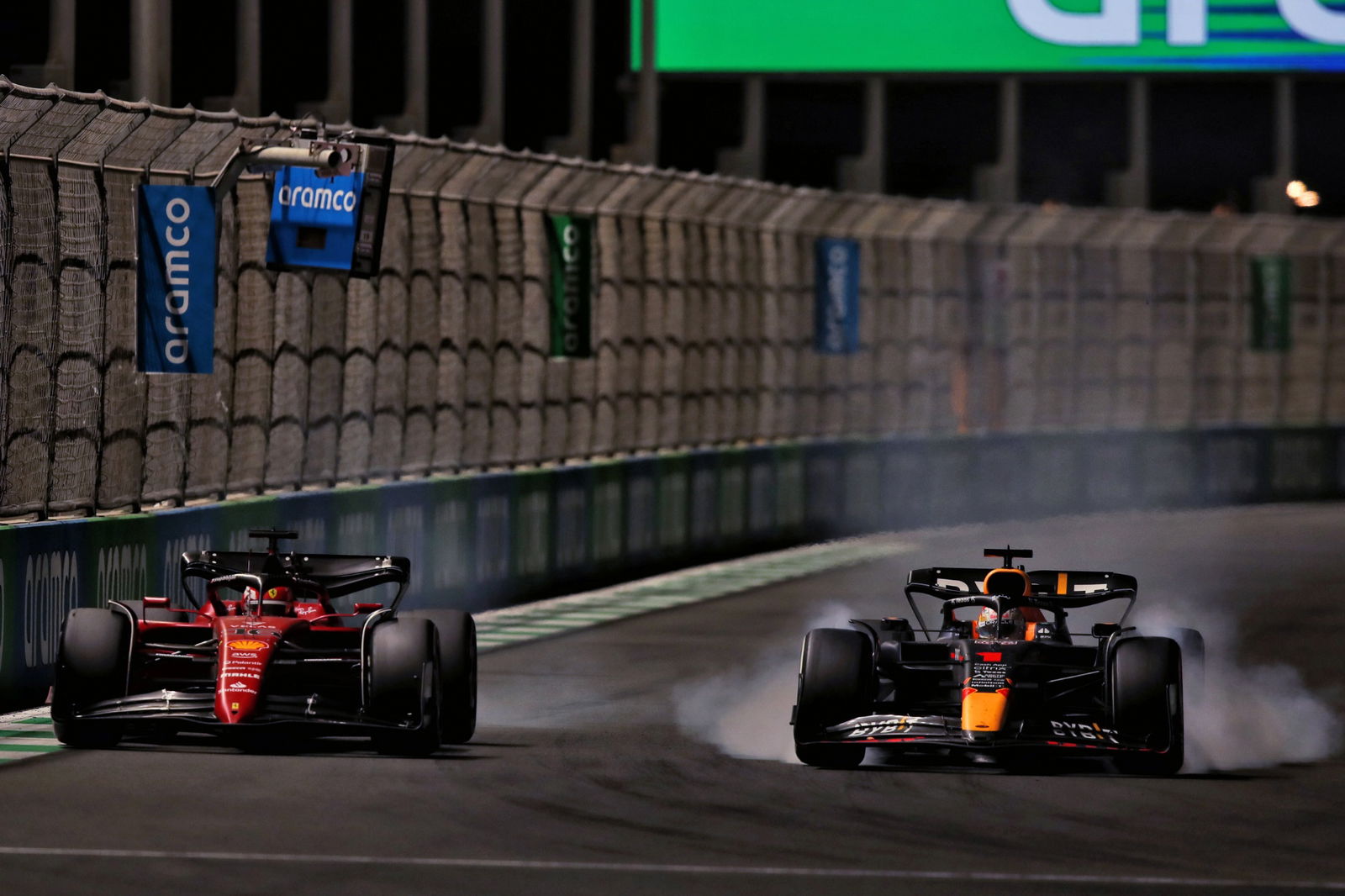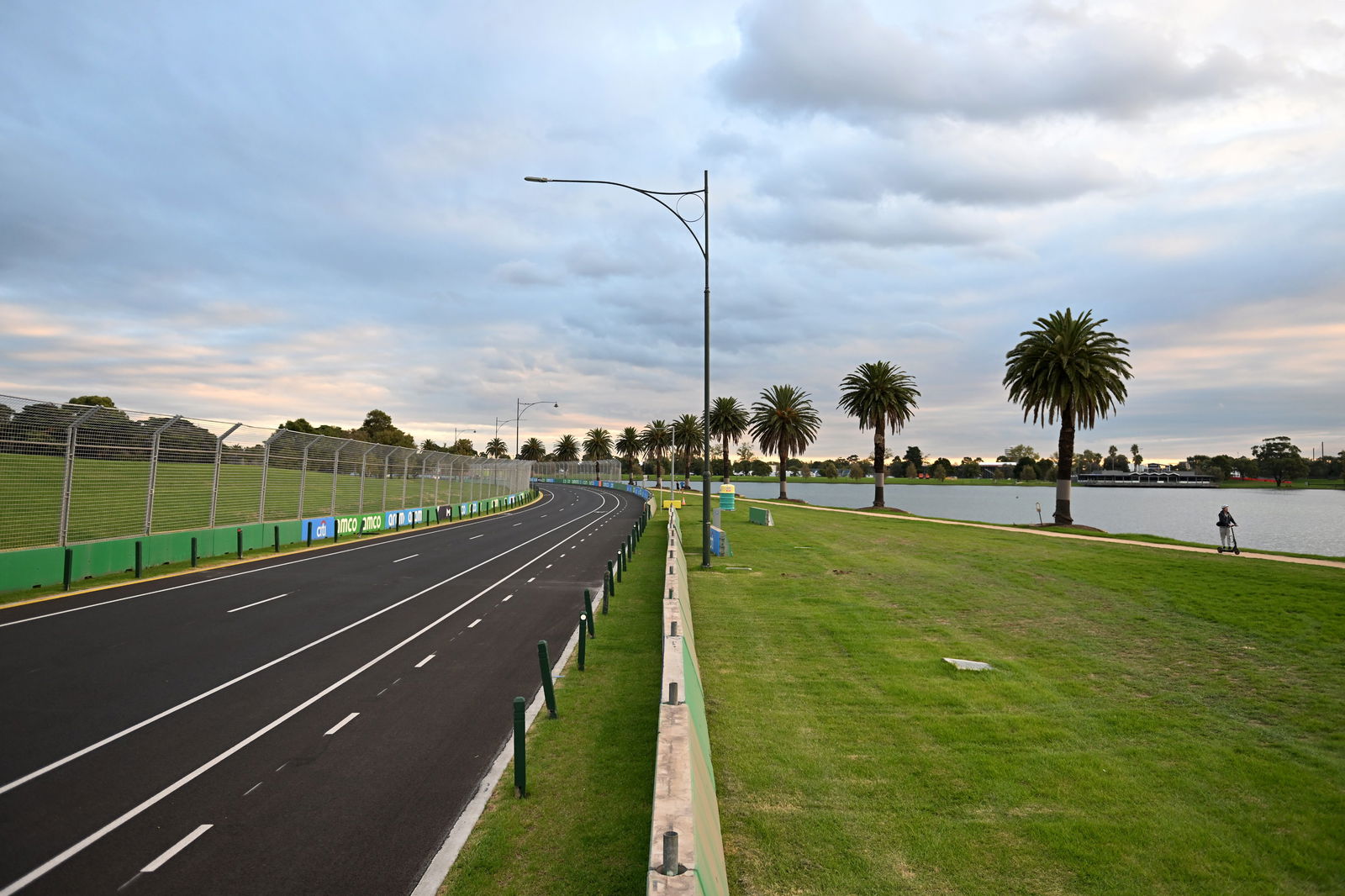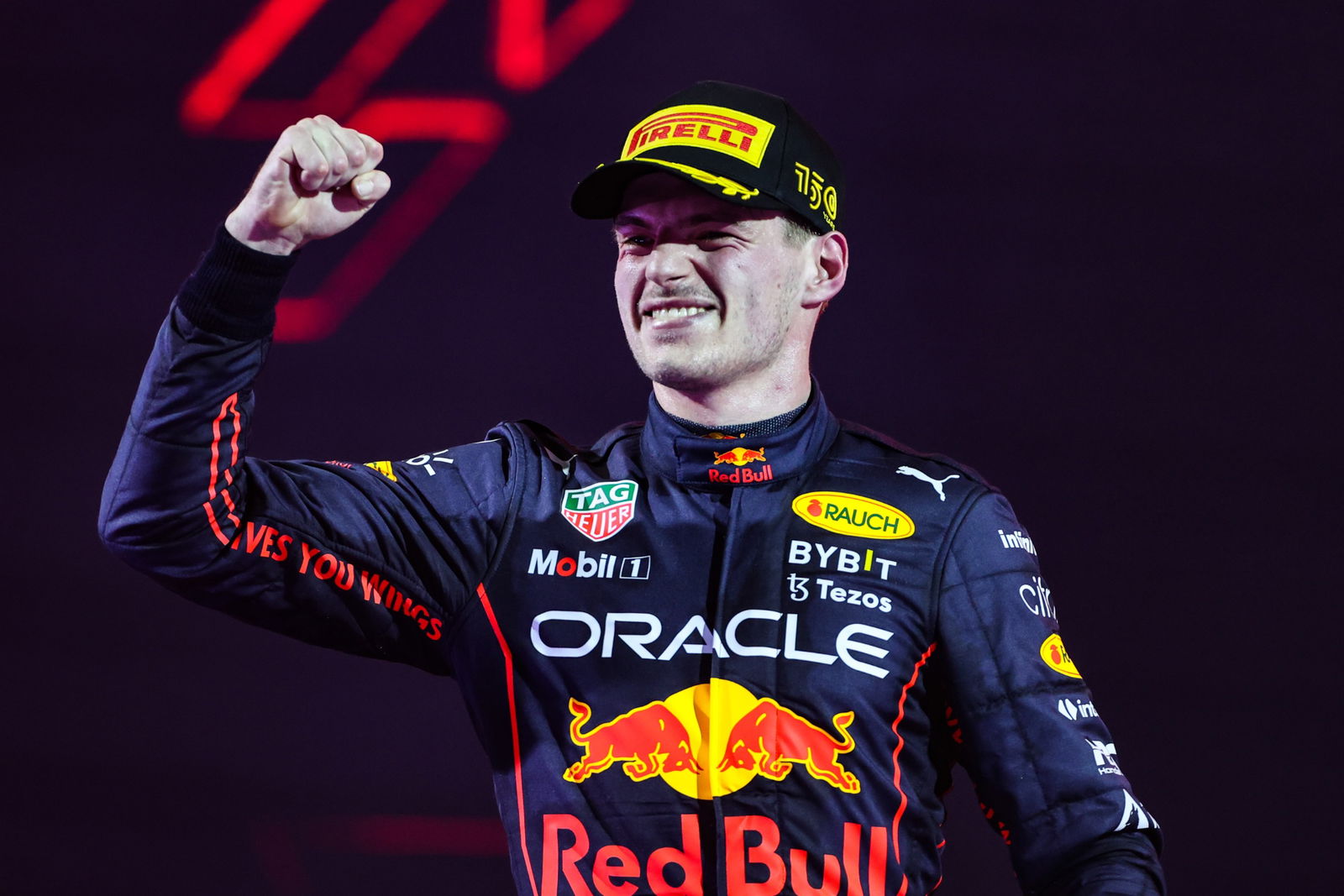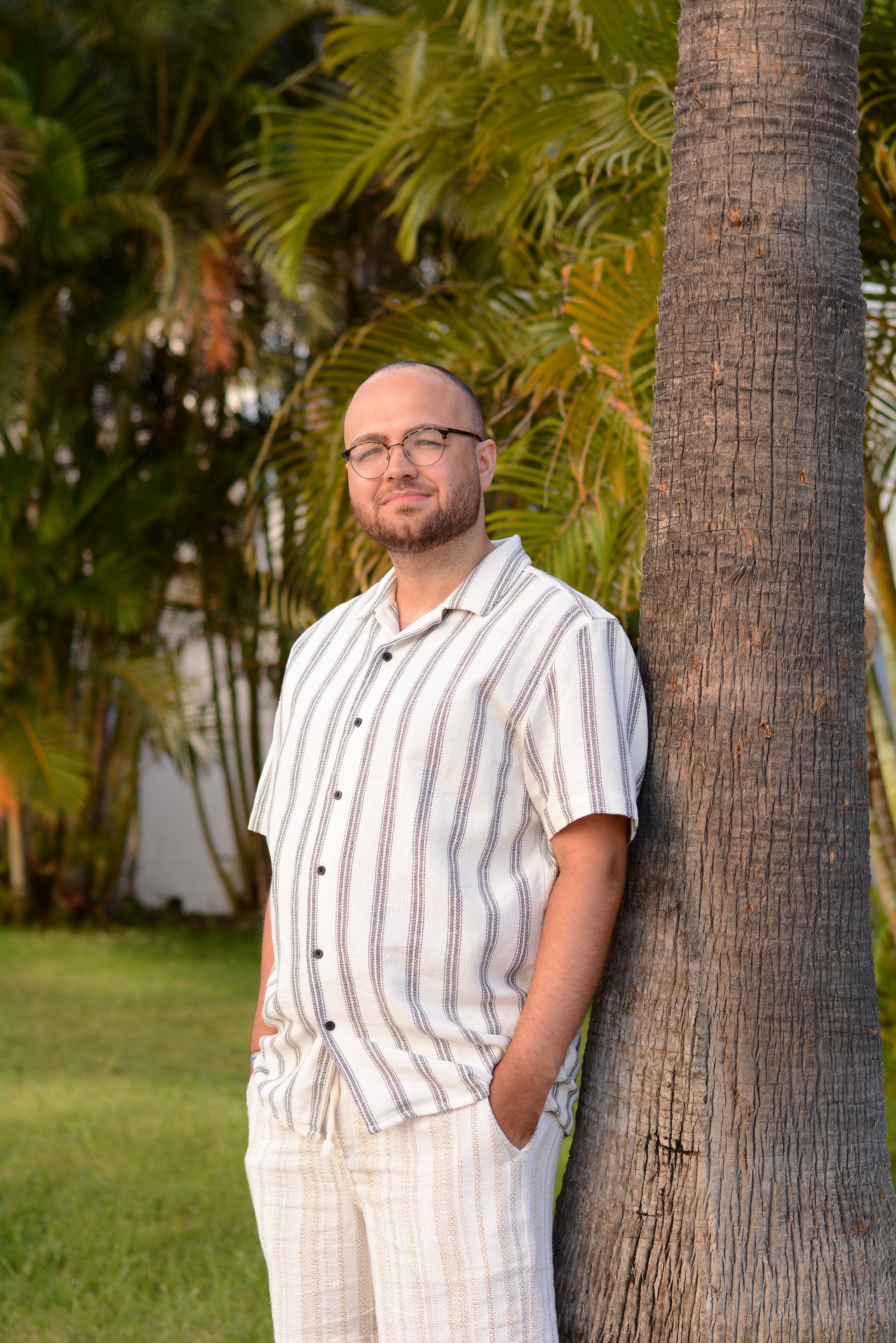What impact will four DRS zones & track changes have on F1's return to Australia

For the first time since the drag reduction system was introduced in Formula 1 back in 2011, there will be four DRS zones in Sunday’s Australian Grand Prix.
Albert Park has always been notoriously difficult to overtake leading to many dull season-opening races.
As a result, track organisers have made significant changes to the track and pit lane in a bid to improve the racing.
F1 has gone one step further by adding a fourth DRS zone for this weekend.
- F1 drivers hail new rules for 2022: 'It's like a go-kart race'
- F1 Gossip: Verstappen has Vettel-like exit clause?
- Why Ferrari thinks its ‘better prepared’ now than 2017/2018 F1 title fights
- Could Leclerc v Verstappen eclipse F1’s 2021 title fight?
Where are the DRS zones?
The first DRS zone remains on the start-finish straight down to Turn 1, while one also remains into Turn 3.
The DRS zone on the exit of the fast left-right chicane remains down to Turn 11 (was previously Turn 13).
A fourth activation zone has been added on the run to the left-right chicane.
The new zone goes through the heavily modified part of the circuit which saw the removal of the old Turn 9-10 right/left corners and turned into a flat-out section.
Four DRS zones may be seen as too much given how easy it was for drivers to follow each other and re-overtake at the Saudi Arabian Grand Prix.

However, unlike in Jeddah which had three detection points, there are just two for this weekend so if a driver is able to overtake in the new DRS zone into Turn 9, the driver who completed the overtake will have DRS again into Turn 13 meaning he’s guaranteed to remain ahead.
Whereas in Saudi Arabia, both Charles Leclerc and Max Verstappen didn’t want to be ahead at the final corner as they’d be at serious risk of being overtaken again.
F1 has tried to combat this to avoid a repeat of last time out with just two detection points but with four DRS zones on the track, you should still expect to see some ‘cat and mouse’ games between the drivers at the front given that if the cars are evenly matched, it will be difficult to break the one-second window.
What changes have been made to the track?
Even without the introduction of a fourth DRS zone, organisers have made significant changes to a number of corners.
Albert Park’s tight Turn 1 has been widened by 2.5 metres in hope of improving wheel-to-wheel action at the first corner.
Turn 3 has also been widened, this time by four metres which should give drivers more opportunities to lunge past their rivals.
Turn 6 has been vastly changed with a 7.5 metre widening of the corner, increasing speeds from 149km/h to 219km/h.
As previously mentioned, the old Turn 9 and 10 has been removed and changed into a flat-out 1.3km section.
This makes it the longest ‘straight’ on the track and is where the new DRS zone will be situated.
Turn 11 has also been widened and straightened, with the camber also being adjusted.

The penultimate corner has also been changed, with it being widened by 3.5 metres.
Finally, the pit lane has been widened by two metres which will see the speed limit increase from 60kph to 80kph.
Home hero Daniel Ricciardo was involved in the re-design of the circuit and he's confident the modifications will lead to being a better show for fans.
"I think with the new design at Albert Park it's really focused on improving the racing, the spectacle for Sunday, to create more opportunities for overtaking," Ricciardo said on the Australian GP's YouTube channel.
"It's a beautiful circuit but it's always been quite narrow and tight and, therefore, quite tricky to overtake so we've really tried to exploit some areas to allow more slipstreaming, more chance of overtaking under braking.
"So I think it is going to be a different spectacle this time around."


